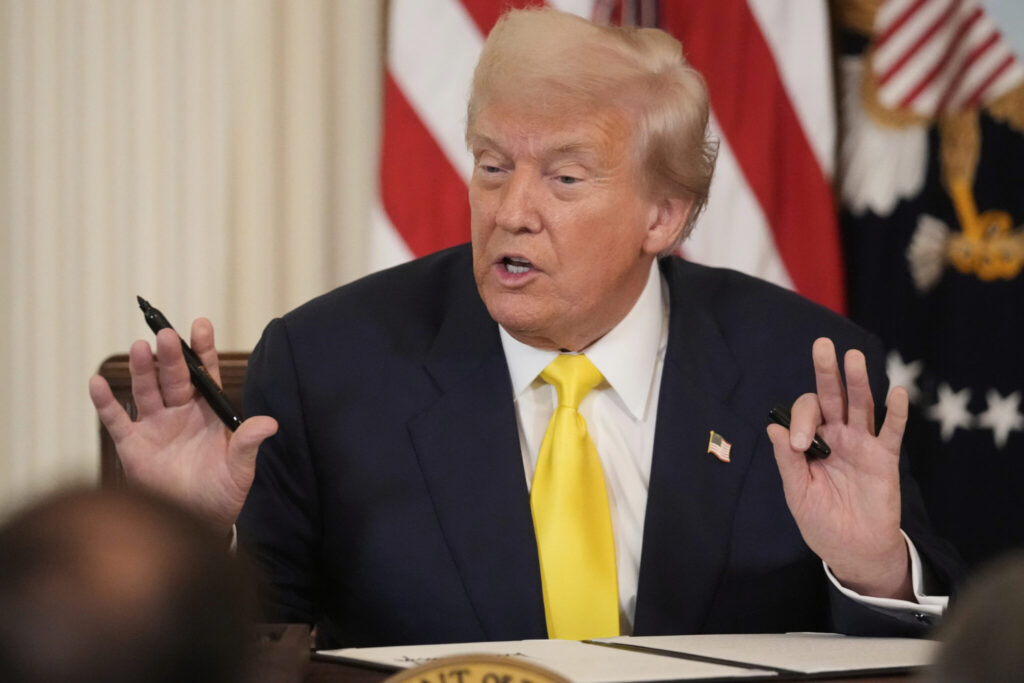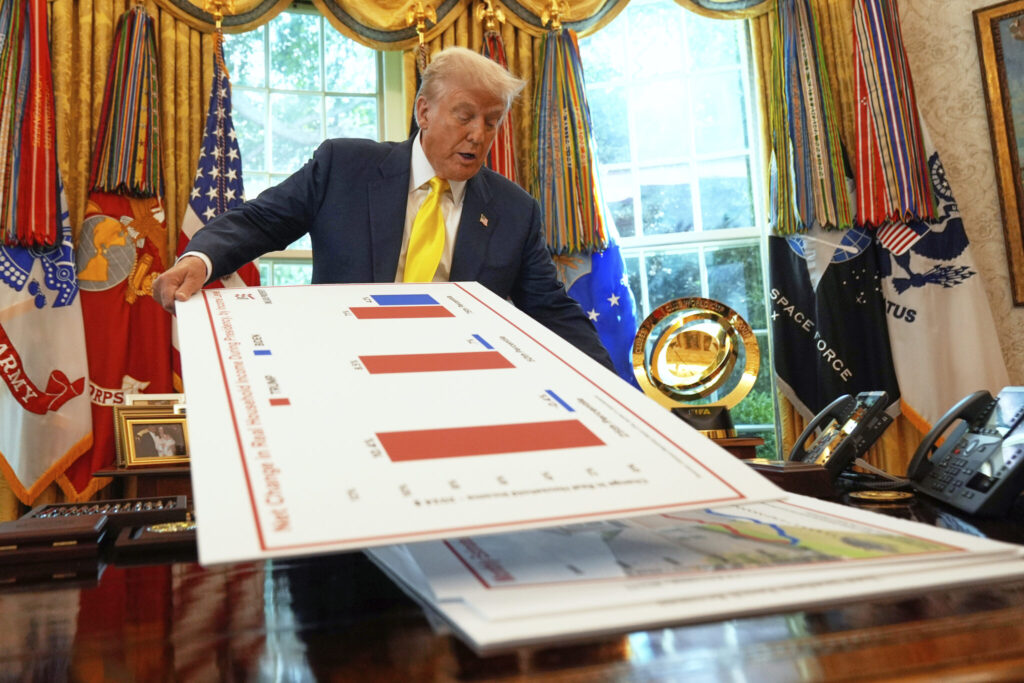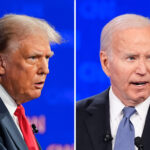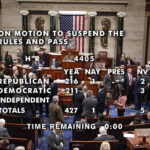Trump Uses Charts to Defend Economy Amid Sluggish Job Growth/ Newslooks/ WASHINGTON/ J. Mansour/ Morning Edition/ President Donald Trump summoned reporters to the Oval Office to showcase charts defending his economic record after a disappointing July jobs report. Joined by economist Stephen Moore, Trump argued that previous job numbers under President Biden were inflated and justified his firing of the Bureau of Labor Statistics chief. The display comes as tariffs raise inflation concerns and job growth slows in 2025.

Trump Economy Defense: Quick Looks
- Trump presents charts in Oval Office to counter negative jobs data
- July jobs report shows just 73,000 jobs added
- BLS chief Erika McEntarfer fired after data disputes
- Stephen Moore claims Biden-era job totals overstated by 1.5 million
- Tariffs raising concerns over rising inflation rates
- Job growth down 44% in first seven months of 2025
- May and June job gains revised down by 258,000
- Inflation expected to rise to 3% in July report
- Trump touts $1,174 rise in median household income
- Figures based on unpublished Census Bureau data, difficult to verify
Trump Uses Charts to Defend Economy Amid Sluggish Job Growth
Deep Look
WASHINGTON — President Donald Trump turned the Oval Office into an impromptu economic briefing room on Thursday, unveiling a series of charts he says prove the U.S. economy remains strong despite a July jobs report that signaled potential trouble.
The unusual presentation came just days after Trump dismissed Bureau of Labor Statistics (BLS) chief Erika McEntarfer, citing inaccuracies in federal employment data. Standing beside him was Stephen Moore, a senior visiting fellow at the Heritage Foundation and co-author of Trumponomics, who helped compile the visuals.
Defending the Numbers
Flipping through charts mounted on an easel, Moore drew comparisons between Trump’s economic performance and that of former President Joe Biden, while the president interjected with approving comments. The goal: counteract a narrative of economic slowdown sparked by the latest job figures.
July’s report showed only 73,000 jobs added — the weakest monthly gain in years. In addition, May and June’s combined job creation was revised downward by 258,000 positions. Through the first seven months of 2025, employers have added 597,000 jobs — a 44% drop compared to the same period in 2024.
Moore claimed Biden’s BLS overstated job growth by 1.5 million during the final two years of his term. “I think they did it purposely,” Trump said, though he offered no statistical proof. Economists note that revisions are a standard part of employment reporting, especially during volatile economic periods.
Tariffs and Inflation Pressures
While the stock market has remained solid, Trump’s sweeping new tariffs on imports have stirred inflation concerns. Goldman Sachs projects July’s inflation rate will hit 3% year-over-year, up from 2.3% in April.
The inflation uptick is reminiscent of the Biden era’s 2022 spike, when consumer prices surged to a 40-year high, straining household budgets. That surge played a role in Trump’s return to the White House in the 2024 election.
Now, rising prices for essentials such as groceries, gasoline, and housing threaten to erode consumer confidence again.
Trump’s Income Growth Claim
Trump and Moore argued that incomes are moving in the right direction. Moore said median household income, adjusted for inflation, is already up $1,174 through the first five months of Trump’s second term. However, he acknowledged his figures rely on unpublished Census Bureau data, which independent analysts cannot yet verify.
“That’s an incredible number,” Trump said. “If I would have said this, nobody would have believed it.”
Resetting the Narrative
Thursday’s chart session underscored Trump’s determination to reframe economic headlines. The president has promised an economic boom, but mixed data has made that a difficult sell. By pairing his message with visuals and a trusted ally, Trump sought to shift the focus from job growth concerns to his preferred metrics.
Moore, a longtime supporter whom Trump once nominated for the Federal Reserve Board, has consistently championed the administration’s policies, including the tariff strategy. Though Moore withdrew from the Fed nomination in 2019 after Senate pushback, he remains a high-profile surrogate for Trump’s economic agenda.
The Political Stakes
Economic perceptions often weigh heavily on presidential approval ratings. With the 2026 midterm elections approaching, Trump is looking to solidify voter confidence before any slowdown deepens. His critics argue that tariffs and erratic trade policy are undercutting growth, while supporters credit him for keeping inflation relatively contained compared to the early 2020s peak.
For now, the charts are part of a broader push to ensure voters see the economy as stable — or better — under Trump’s watch. Whether that narrative holds will depend on the coming months of job and inflation reports.







